Ask Ethan #82: Why are the planets all in the same plane?
The possibilities were almost limitless, so why does everything line up?
“Hope is not the conviction that something will turn out well but the certainty that something makes sense, regardless of how it turns out.” –Vaclav Havel
A number of excellent questions came my way this week, as the submissions for Ask Ethan gave me a great selection of things to choose from. But building on two earlier posts about why planets rotate in the same direction and why our Solar System is atypical, I chose an excellent question from Nick Ham, who wants to know:
Why is it that planets are all on the same plane (roughly of course) as they rotate?
If you thought about the incredible possibilities, this seems exceedingly unlikely.

Today, we’ve mapped out the orbits of the planets to incredible precision, and what we find is that they go around the Sun — all of them — in the same two-dimensional plane, to within an accuracy of, at most, 7° difference.

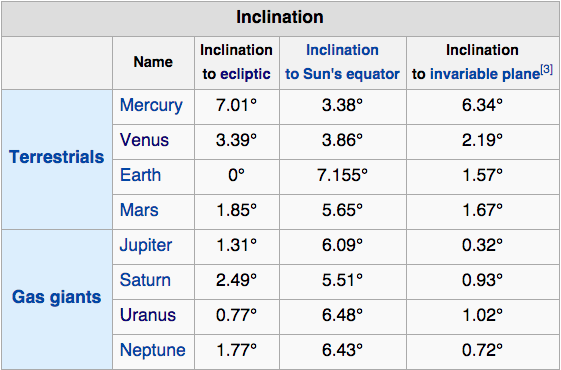
In fact, if you take Mercury out of the equation, the innermost and most inclined planet, you’ll find that everything else is really well-aligned: the deviation from the Solar System’s invariable plane, or the average plane-of-orbit of the planets, is only about two degrees.
They’re also pretty closely lined up with the Sun’s rotation axis: just as the planets all spin as they orbit the Sun, the Sun itself spins. And as you might expect, the axis that the Sun rotates about is — again — within approximately 7° of all the planets’ orbits.
https://www.youtube.com/watch?v=oaBjfsoulao
And yet, this isn’t what you would have imagined unless something caused these planets to all be sandwiched down into the same plane. You would’ve expected the orbits to be oriented randomly, since gravity — the force that keeps the planets in these steady orbits — works the same in all three dimensions.
You would’ve expected something more like a swarm than a nice, orderly set of nearly perfect circles. The thing is, if you go far enough away from our Sun — beyond the planets and asteroids, beyond the Halley-like comets and even beyond the Kuiper Belt — that’s exactly what you find.
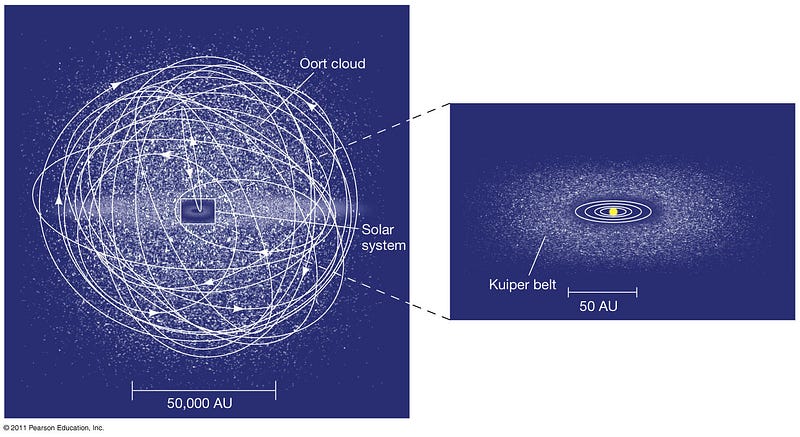
So what is it, exactly, that caused our planets to wind up in a single disk? In a single plane orbiting our Sun, rather than as a swarm?
To understand this, let’s travel back in time to when our Sun was first forming: from a molecular cloud of gas, the very thing that gives rise to all new stars in the Universe.
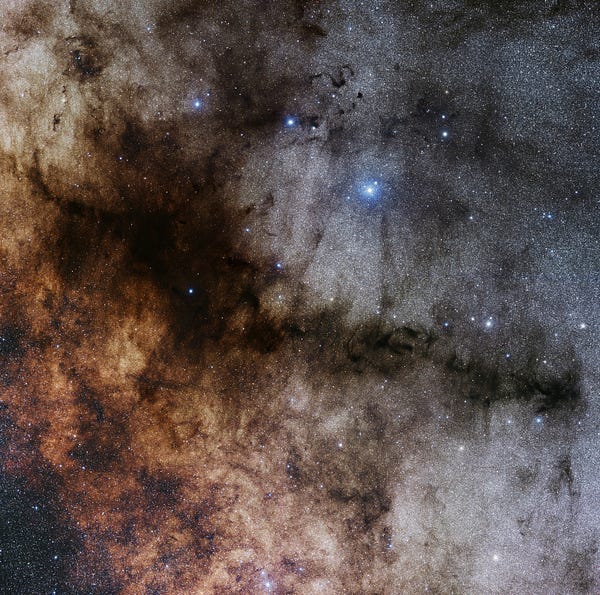
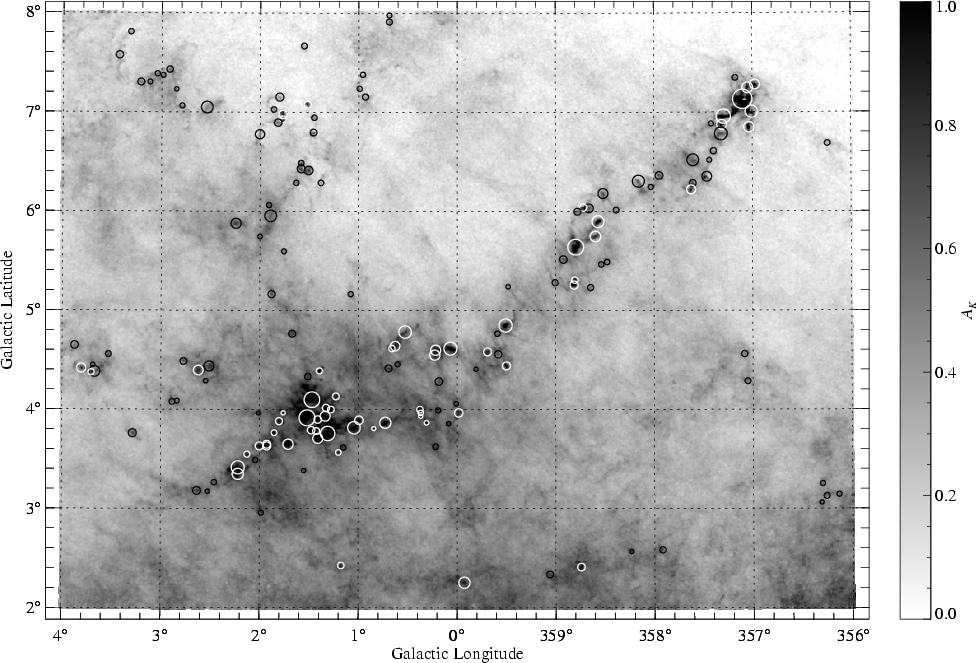
When a molecular cloud grows to be massive enough, gravitationally bound and cool enough to contract-and-collapse under its own gravity, like the Pipe Nebula (above, left), it will form dense enough regions where new star clusters will be born (circles, above right).
You’ll notice, immediately, that this nebula — and any nebula like it — is not a perfect sphere, but rather takes on an irregular, elongated shape. Gravitation is unforgiving of imperfections, and because of the fact that gravity is an accelerative force that quadruples every time you halve the distance to a massive object, it takes even small differences in an initial shape and magnifies them tremendously in short order.
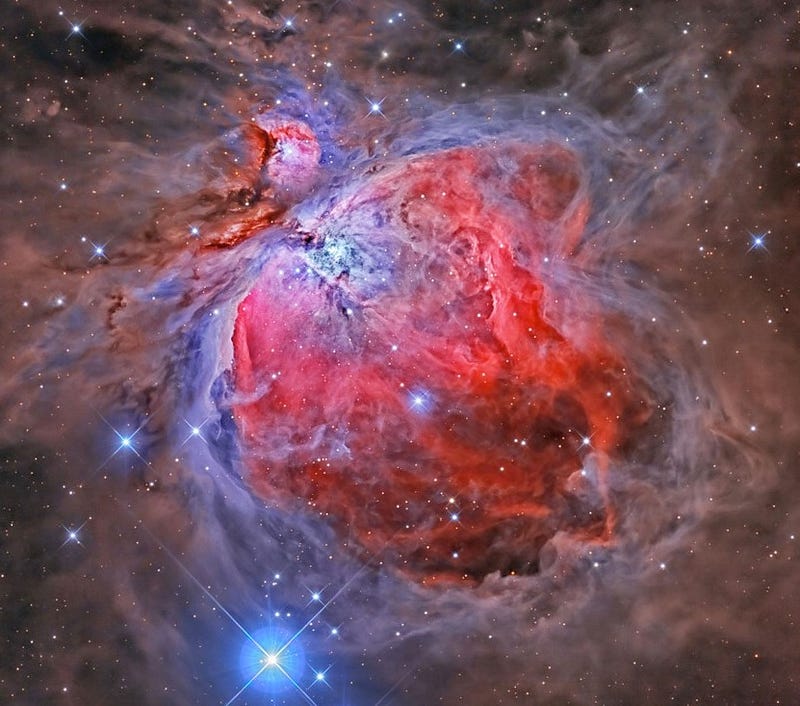
The result is that you get a star-forming nebula that’s incredibly asymmetric in shape, where the stars form in the regions where the gas gets densest. The thing is, when we look inside, at the individual stars that are in there, they’re pretty much perfect spheres, just like our Sun is.
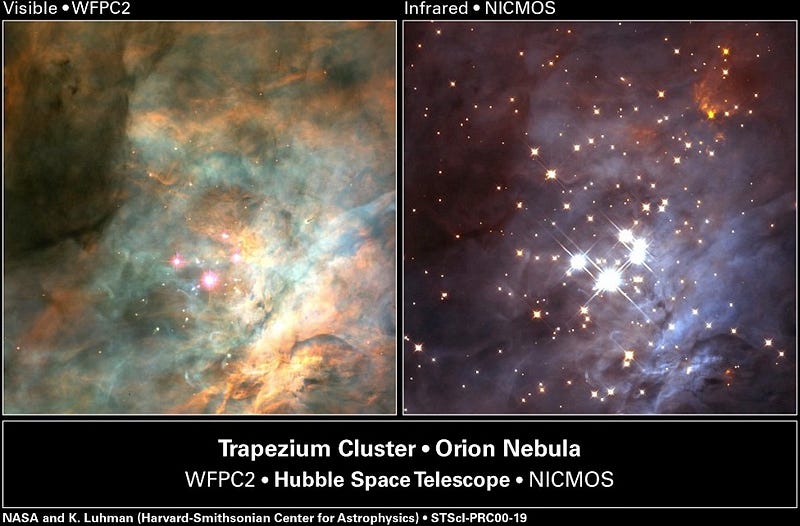
But just as the nebula itself became very asymmetric, the individual stars that formed inside came from imperfect, overdense, asymmetric clumps inside that nebula.
They’re going to collapse in one (of the three) dimensions first, and since matter — stuff like you and me, atoms, made of nuclei and electrons — sticks together and interacts when you smack it into other matter, you’re going to wind up with an elongated disk, in general, of matter. Yes, gravitation will pull most of that matter in towards the center, which is where the star(s) will form, but around it you’ll get what’s known as a protoplanetary disk. Thanks to the Hubble Space Telescope, we’ve seen these disks directly!
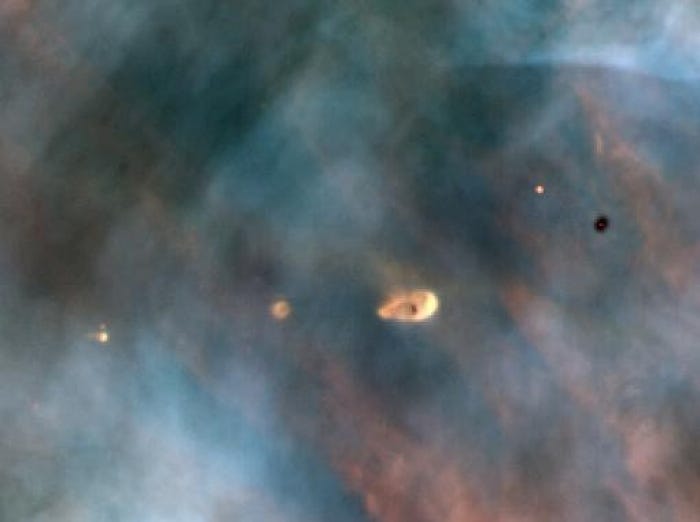
So that’s your first hint that you’re going to wind up with something that’s more aligned in a plane than a randomly swarming sphere. To go to the next step, we have to turn to simulations, since we haven’t been around long enough to watch this process unfold — it takes about a million years — in any young solar system.
But here’s the story that the simulations tell us.
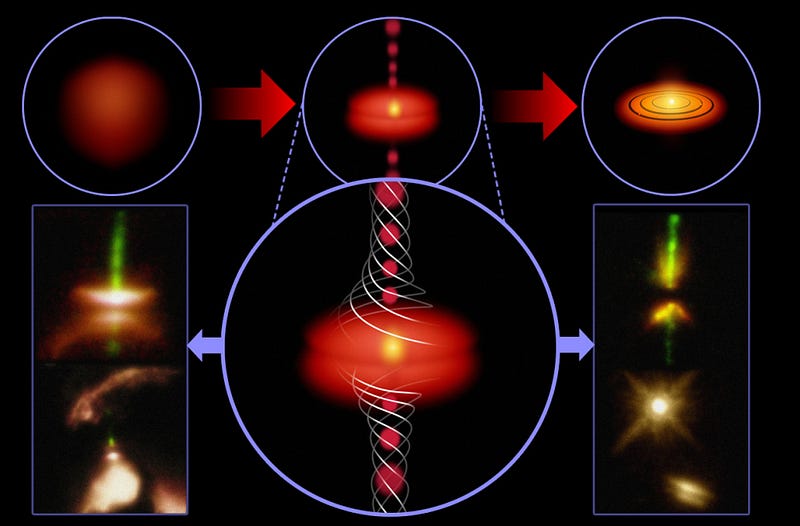
The protoplanetary disk, after going “splat” in one dimension, will continue to contract down as more and more matter gets attracted to the center. But while much of the material gets funnelled inside, a substantial amount of it will wind up in a stable, spinning orbit in this disk.
Why?
There’s a physical quantity that has to be conserved: angular momentum, which tells us how much the entire system — gas, dust, star and all — is intrinsically spinning. Because of how angular momentum works overall, and how its shared pretty evenly between the different particles inside, this means that everything in the disk needs to move, roughly, in the same (clockwise or counterclockwise) direction overall. Over time, that disk reaches a stable size and thickness, and then small gravitational instabilities begin to grow those instabilities into planets.
Sure, there are small, subtle differences (and gravitational effects occurring between interacting planets) between different parts of the disk, as well as slight differences in initial conditions. The star that forms at the center isn’t a single point, but rather an extended object somewhere in the ballpark of a million kilometers in diameter. And when you put all of this together, itwill lead to everything not winding up in a perfectly singular plane, but it’s going to be extremely close.
In fact, we’ve only recently — as of just a few months ago — discovered the very first planetary system beyond our own that we’ve caught in the process of forming new planets in a single plane.
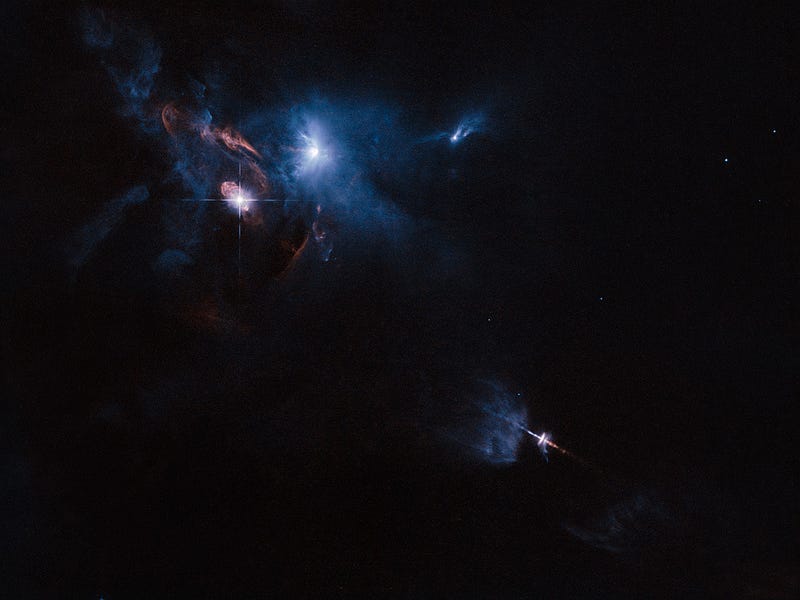
The young star in the upper left of the image above, on the outskirts of a nebular region — HL Tauri, about 450 light years away — is surrounded by a protoplanetary disk. The star itself is only about one million years old. Thanks to ALMA, a long-baseline array that measures light of quite long (millimeter) wavelengths, or more than a thousand times longer than what our eyes can see, returned the following image.

It’s clearly a disk, with everything in the same plane, and yet there are dark “gaps” in there. Those gaps each correspond to a young planet that’s attracted all the matter within its vicinity! We don’t know which of these will merge together, which ones will get kicked out, and which ones will migrate inwards and get swallowed by their parent star, but we are witnessing a pivotal step in the development of a young solar system.
So why are all the planets in the same plane? Because they form from an asymmetric cloud of gas, which collapses in the shortest direction first; the matter goes “splat” and sticks together; it contracts inwards but winds up spinning around the center, with planets forming from imperfections in that young disk of matter; they all wind up orbiting in the same plane, separated only by a few degrees — at most — from one another.
A remarkable story, and one that — thanks to not only simulations but now observations of the Universe itself — appears to show a remarkable agreement between our best scientific theories and the way the Universe actually is!
Thanks for a great question, Nick, and if you have a question or suggestion for the next Ask Ethan column, send it in here. See you back next week for more wonders and joys of the Universe!
Leave your comments at the Starts With A Bang forum over on Scienceblogs!





